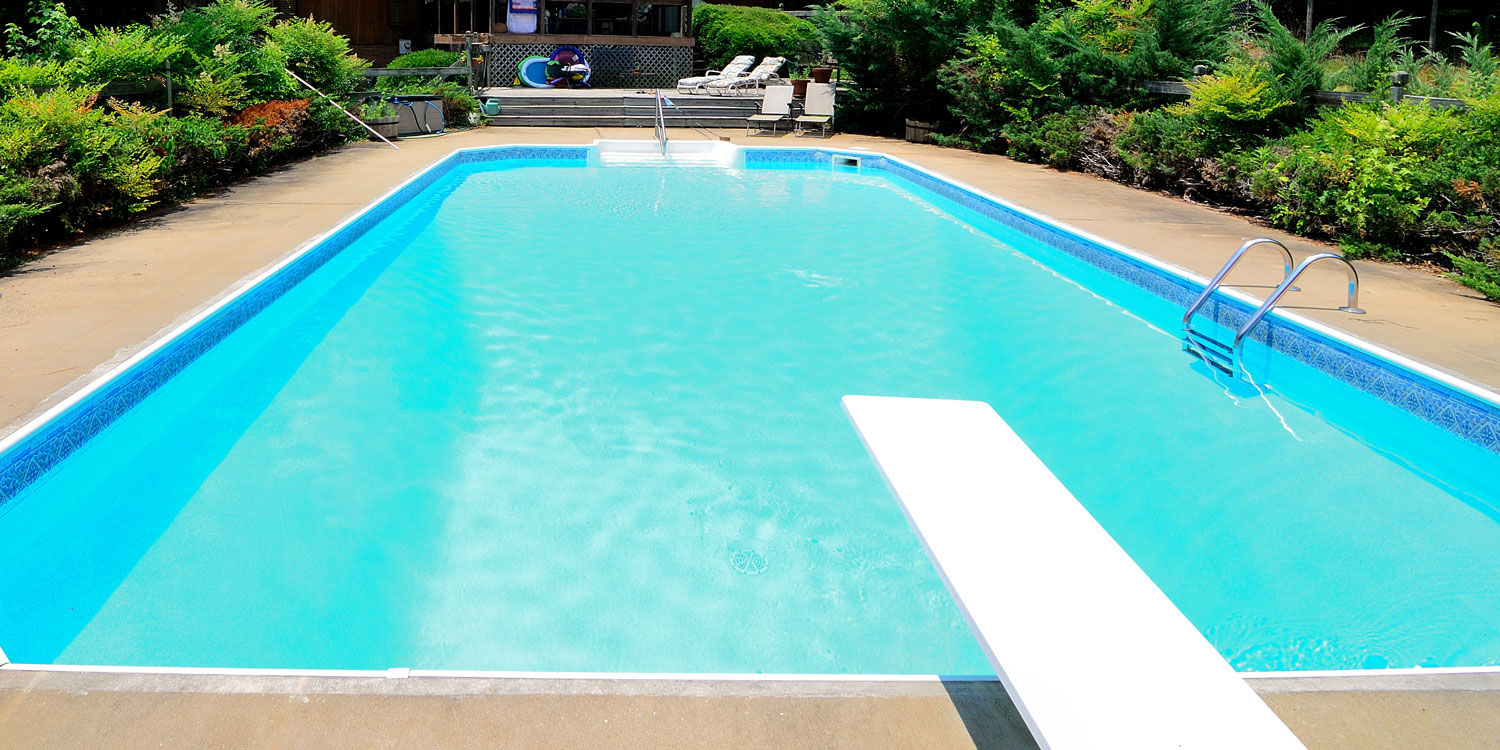
Diving Boards: A Trend of the Past
Spending summer days by the pool is one of the most popular summer activities for people of any age. Today you’ll see pools full of diving rings, noodles, and unicorn floats, but more than a decade ago, approximately 90% of all in-ground swimming pools had a diving board.
Today they are becoming less and less common for reasons such as:
Safety: Perhaps the most obvious reason that diving boards have become less popular over recent years is due to the fact that they can be dangerous and often cause many accidents. A pool is meant to be a relaxing space, but diving boards often were added stress because users needed more supervision.
Not Enough Space: In order to have a diving board safely installed, the pool needs to be at least 38’ to 39’ long because the slope in the middle of the pool needs to be far away from the board to prevent injury from hitting the bottom. This length is not feasible these days as the trend in pools is now smaller, often 35’ long or less, due to current housing trends are going towards smaller yards.
Rigidity: The diving boards of today do not have the bounce like they once used to. While diving boards used to be incredibly springy, the diving boards produced today are much stiffer and more rigid. The change in rigidity is due to many manufacturers are scared of lawsuits related to the spring of their diving boards; thus, losing much of their novelty value.
Insurance: In many cases, a homeowner’s insurance premium will go up with the addition of a diving board to a swimming pool. The percentages vary depending on each individual’s policy. Often the homeowners’ insurance will not actually cover diving board-related accidents. Homeowners with pools without a diving board typically experience little to no change in their rates after putting an in-ground swimming pool in their backyard.



